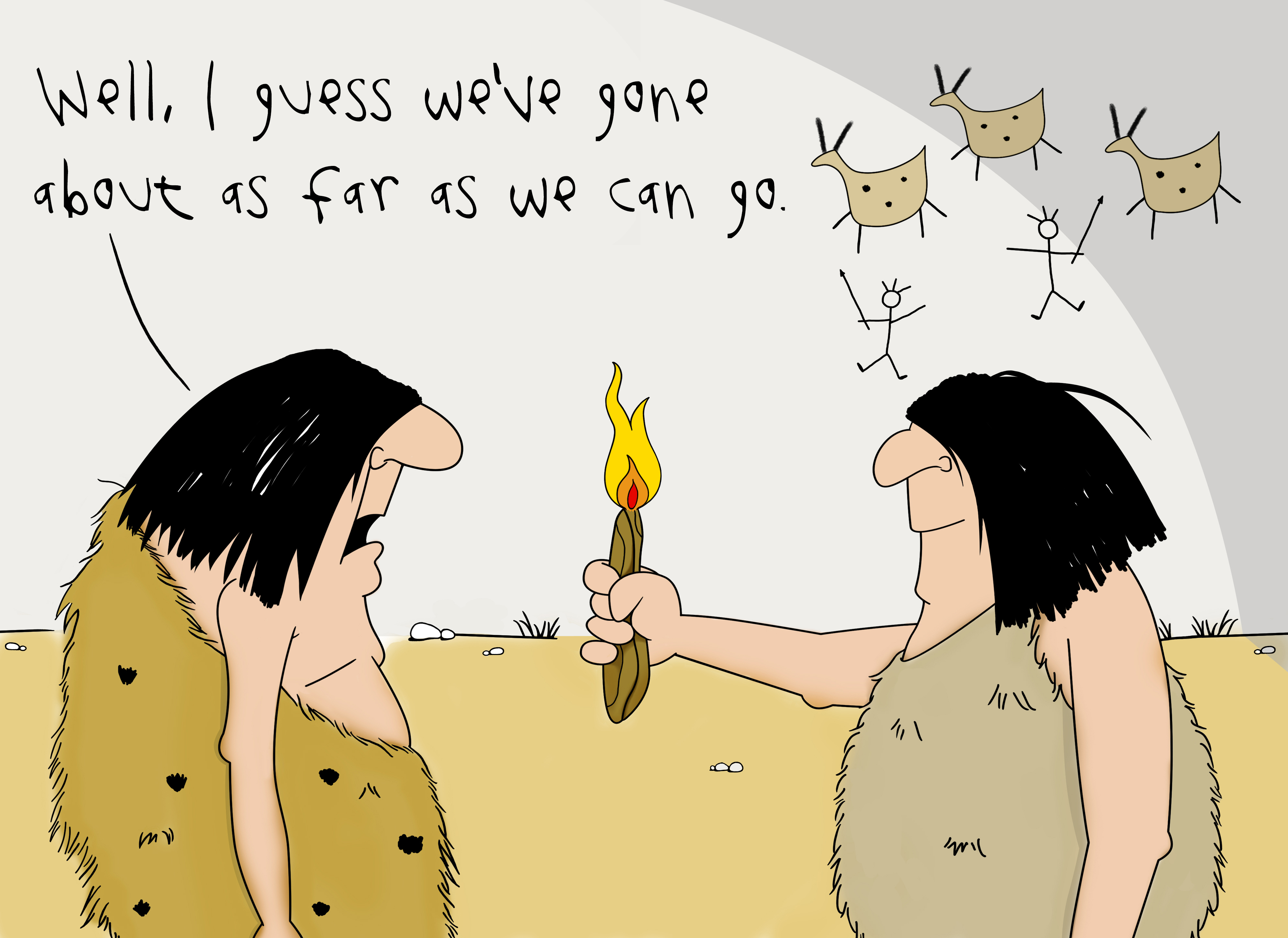
Prehistoric Tartar Reveals Untold History About Teeth
In one of the most fascinating research findings in dental archaeology to date, a team of scientists have revealed dietary and environmental findings from prehistoric teeth discovered in the Qesem Cave near Tel Aviv.
How old might qualify as prehistoric? This team, led by Professor Karen Hardy, were able to extract genetic evidence from the hardened dental tartar, or calculus, of 400,000 year old teeth. Prior to this astounding discovery, some of the oldest dental calculus ever studied was 40,000-50,000 years old.
The team was able to isolate small traces of essential fatty acids, which indicates the earliest possibility of a diet that included nuts or seeds. Additionally, they discovered plant fibers which may have been used to clean teeth, almost like prehistoric floss or toothpicks. These two findings absolutely revolutionize the dietary, hunting and gathering practice knowledge that archaeologists can now apply.
But perhaps the most relevant connection this research has to modern times is that it may have discovered the oldest evidence of manmade pollution. Locked away for nearly a half million years in hardened plaque was traces of charcoal, possibly from inhalation of smoke from indoor fires used to roast meat. One of the researchers, Professor Barkai, noted that all “progress has a price…and we find possibly the first evidence of this at Qesem Cave 400,000 years ago.”
All of this archaeological perspective, carried on the surface of a tooth.
Reference: mdeicalnewstoday.com

